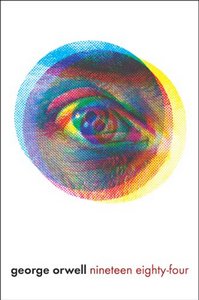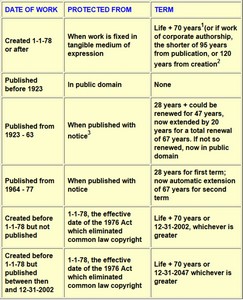 Today there’s a pirated edition of JD Salinger’s The Catcher in the Rye available for sale in Amazon’s Kindle Book Store. It’s very obviously a pirate copy, and here’s how you can tell:
Today there’s a pirated edition of JD Salinger’s The Catcher in the Rye available for sale in Amazon’s Kindle Book Store. It’s very obviously a pirate copy, and here’s how you can tell:
1) No mainstream publisher name is listed in the book’s details, only “Amazon Digital Services”
2) The author’s name is misspelled right on the cover of the book
3) The cover is one of those generic ones that can be easily created using Amazon’s own Kindle book cover creation tools, and it’s the same as many self-publishers use to publish public domain works for sale in the Kindle store
4) The book is priced at $1.35—much lower than a mainstream publisher would go, unless they were running some kind of crazy (and probably highly-publicized) sale
5) Pretty much everyone in the book biz knows the real Salinger’s heirs have never given their permission to have his works released in electronic formats
However, this pirated copy is currently sitting atop a few different bestseller lists in Amazon’s Kindle Book Store, so clearly, thousands of consumers are buying this book. I’m not linking to it here because I know nobody’s going to be allowed to keep any copies that are bought.
What’s going to happen when Amazon and/or Salinger’s heirs discover this intellectual property theft? This sort of thing has happened once before, when someone who thought George Orwell’s 1984 was in the public domain and self-published a Kindle edition.
You’ll Lose The Book, But Not Your Money
In the 1984 incident, when the rights holder discovered the self-published Kindle book and notified Amazon, Amazon immediately removed the book from their site. They also removed the book from the digital library and devices of every customer who’d bought it, refunded their purchase price, and sent an explanatory email. In all likelihood, the same thing will happen with this pirated Salinger book.
Also, because the Salinger estate is known to be highly litigious when it comes to protecting Salinger’s intellectual property rights, the person who published this pirate copy will likely be facing some civil charges at the hands of Salinger’s heirs.
But don’t worry: purchasers of pirated materials in circumstances like these—where the consumer paid for an item believing it to be legitimate—won’t be subject to any legal action.
How To Tell If Something’s REALLY In The Public Domain
U.S. Copyright law allows pretty much everything to pass into the public domain eventually, but the rules are a bit convoluted. In the case of The Catcher in the Rye, which was originally published in 1951, the maximum length the rights-holder can hold the copyright is 67 years. **CORRECTION – The RENEWAL maximum is 67 years, ON TOP of the original 28 years. That means The Catcher in the Rye won’t enter the public domain until 2046.
Sorry for my prior mistake when I initially posted this piece – as I said, these rules are a little convoluted!
Anyway, the University of North Carolina provides this handy chart to explain the various rules about copyright duration (click or double-tap to view an enarged version in a new tab or window). Note that where the chart specifies “life +”, it refers to the lifetime of the original creator/rights holder:
 So go ahead and look up that Kindle copy of The Catcher in the Rye, and even buy it if you must, but don’t get too attached to it. It’ll be gone as soon as Amazon is notified of the intellectual property theft.
So go ahead and look up that Kindle copy of The Catcher in the Rye, and even buy it if you must, but don’t get too attached to it. It’ll be gone as soon as Amazon is notified of the intellectual property theft.